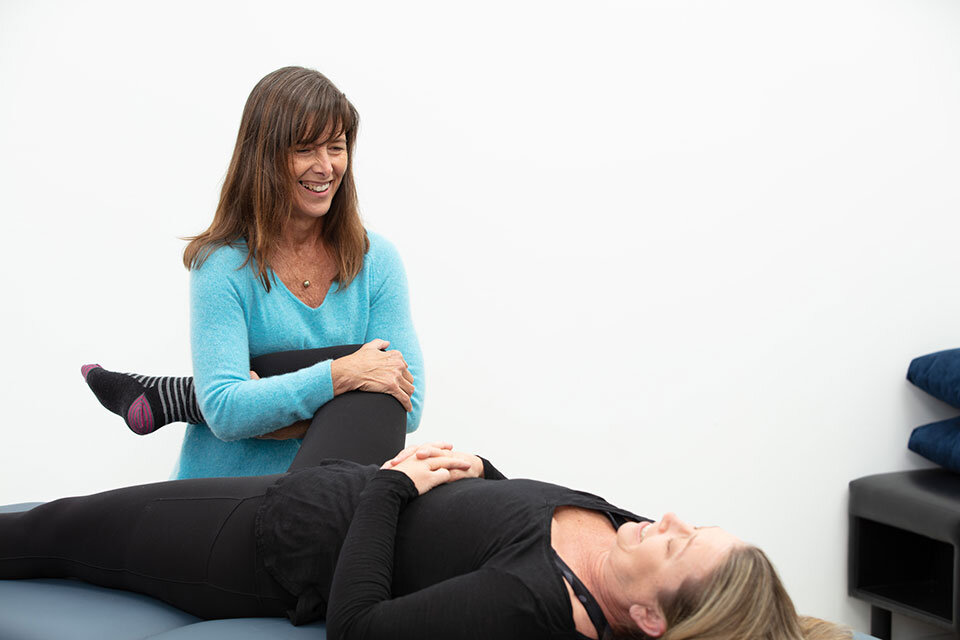
Ann listens | She cares | She understands | She’s an expert | She helped me
Services
Here are the problems I treat and how they’re treated:
Bladder | Bowel | Pelvic pain | Sex | Men | Prolapse | Pregnancy | Postpartum | Transgender | Cancer



Pelvic pain
What are some common pelvic pain syndromes?
It’s usually spoken of like this:
“I can’t wear tight underwear or pants. My bladder hurts. My vagina is always dry. I get bladder infections (urinary tract infections) all the time. My lady parts itch and hurt. My tailbone area hurts so bad when I sit and when I go from sit to stand. It hurts to have a gynecological exam. I’ve never been able to wear tampons. I have terrible pain when I orgasm. My glans hurts and nobody can figure out why. My vasectomy was several months ago and I still have pain down there. I get chronic prostatitis and have to take antibiotics all the time, but it always comes back.”
Pelvic pain syndromes can produce pain in different areas of the pelvis, such as the vulva, the vestibule, the vagina, the bladder, the penis, the testicles, the rectum, and the coccyx (coccygodynia). The pain can be superficial ( like the skin) or deep (the soft tissue whether internal or external). They are more common than you might think, and on average, it takes several years before patients discuss them with their health care provider. Sometimes it takes several years before the problems are correctly diagnosed, and before those who suffer with these problems get the care they need to start getting better.
Pelvic pain syndromes go by many names: pudendal neuralgia, chronic non-bacterial prostatitis, endometriosis, interstitial cystitis/painful bladder syndrome, and proctalgia fugax, to name a few.
What can pelvic physical therapy do about it?
Treatment options may include:
External and/or internal pelvic floor evaluation to assess muscle function, tone, sensory awareness, coordination and check for strength.
Specific pelvic floor treatment which will include strengthening if/when you are able to selectively isolate the pelvic floor muscles. The traditional Kegel exercise has a place, but there is much more to the pelvic floor—and about 50% of women do Kegels the wrong way! We will design a program based on your own function and functional needs.
Therapeutic exercises designed specifically to help you stretch and strengthen as needed
Biofeedback can be very helpful. For those who learn well by seeing, biofeedback can give you better awareness of how to use your pelvic floor and abdominal muscles.
Bladder retraining and bowel retraining which starts with completing a bladder and bowel diary and education about what is normal. We will work to improve your function and habits.
Manual therapy is focused on improving the mobility of your soft tissue and the alignment and mobility of your joints. IIt may include soft tissue massage, myofascial release, muscle energy techniques, and joint mobilisation. Internal pelvic manual therapy is used to treat sensitive tissues, shortened muscles, trigger points, and muscle guarding. All treatment techniques are explained beforehand so that you understand how the technique is done and how it works. And you always have the ability to decline any technique or treatment.
Education about pain science and neuroplasticity, sexuality, and mindfulness and relaxation techniques.
Referral to another professional. I’ll work with my network of providers—physicians, naturopaths, Chinese medicine practitioners, psychotherapists, and others—to help you find the resources which will help you improve your function.
